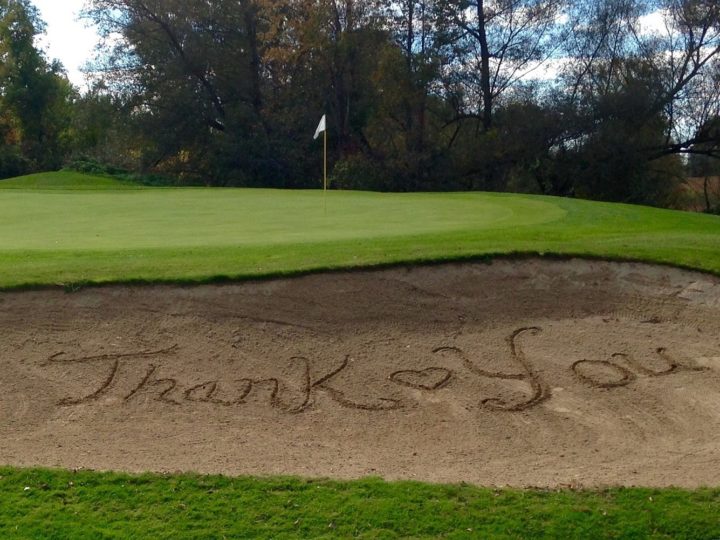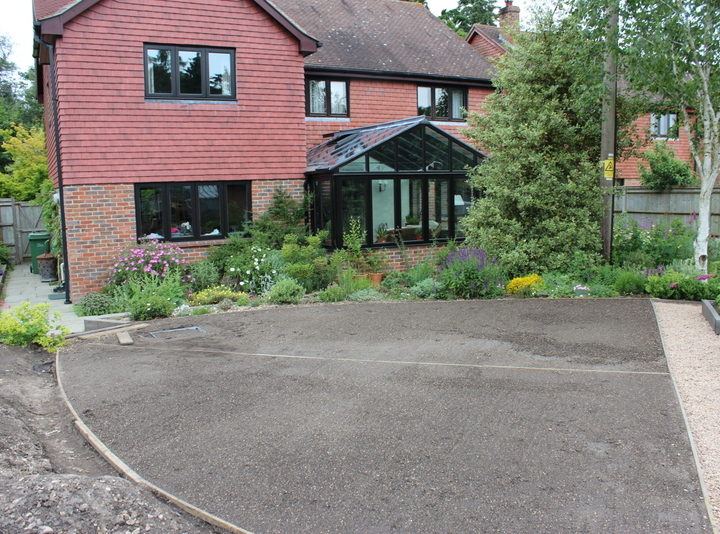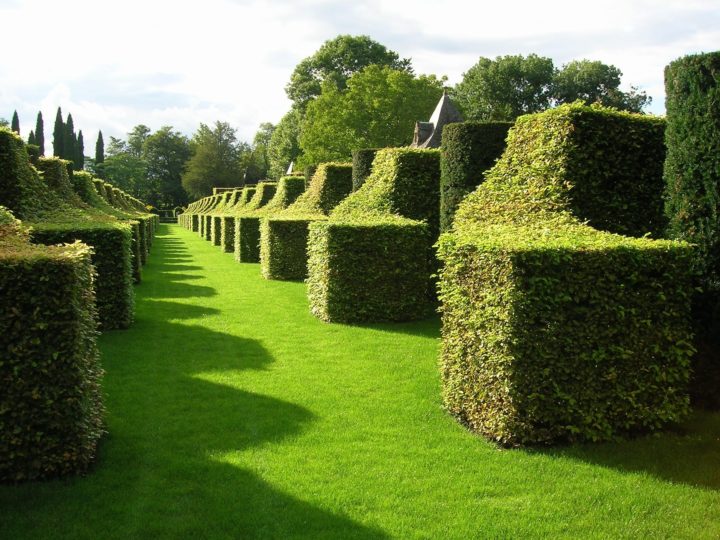When we remove the cuttings from a lawn the leaf material contains nutrients that need to be replaced. Lawns survive but don’t thrive in the absence of a fertiliser programme. Week after week the bank of food within the soil is thrown away with the cuttings. Well-fed lawns recover from stress factors such as drought and heavy wear. In time the best quality lawns may deteriorate if important plant nutrients aren’t replaced.
The programme suggested in the table consists of three applications of Blood fish and bone meal and two of “Green Up Moss Free” sulphate of iron. No applications are recommended during winter months. At this time of year lawns are usually dormant. If we aren’t cutting the lawn then the grass won’t need feeding. The same applies during a hosepipe ban in a dry summer; the lawn will stop growing. In these situations fertiliser applications are unnecessary.
“Green Up Moss Free” contains sulphate of iron and is usually applied to control moss; it’s also excellent to give a lawn colour and strengthen turf against disease; certainly worth considering an application in the spring and autumn regardless of the presence of moss.
The table shows three applications of blood fish and bone meal. For lawns growing on rich fertile soil this may be excessive and too much fertiliser can lead to disease and unnecessary cutting. If your lawn looks well; it has a dense sward then just the first application of blood fish and bone towards the end of April will be a sensible amount of fertiliser to apply. For lawns with a sparse grass sward growing on sandy soils three applications will replenish an otherwise exhausted reserve of nutrient.
| Month | Fertiliser | Rate of application |
| Feb/Mar | Green up Mossfree | 12.5g/m2 |
| Apr | Blood Fish & Bone | 140g/m2 |
| Jun | Blood Fish & Bone | 140g/m2 |
| Aug | Blood Fish & Bone | 140g/m2 |
| Oct/Nov | Green up Mossfree | 12.5g/m2 |
*Please note individual circumstances may vary. See text.
1 Comment
Is this product good for over seeding lawn




